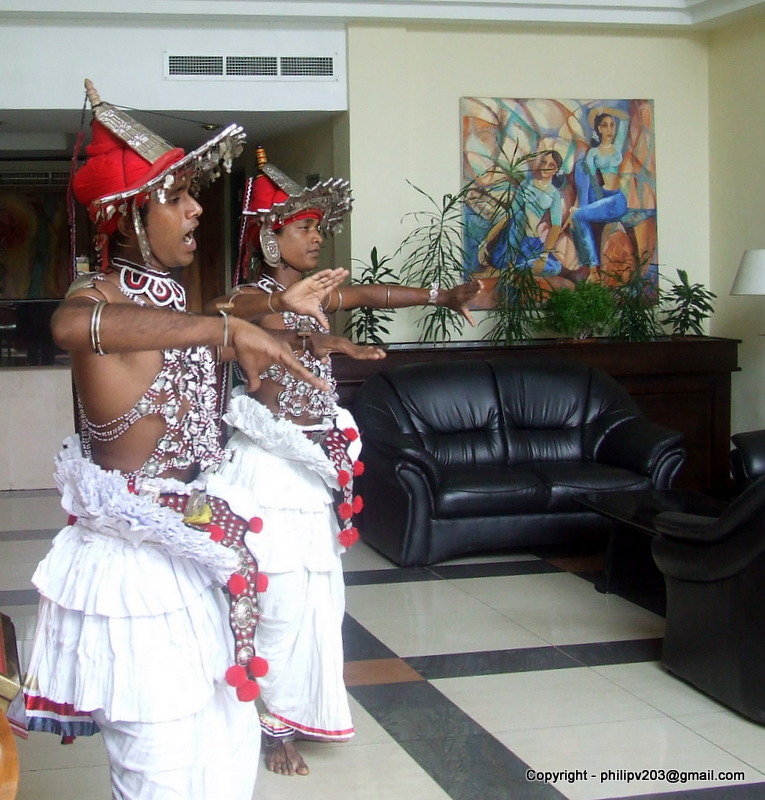
A husband wife team in their late 50s, came to the gate of my house and inquired, if there were rattan chairs to be weaved. The bottom part of the chair would take about 2 hours to weave and cost me Rs.1000/-. The man did weaving in the 1950s, later he took up to textile sale in ‘polas’ – weely village markets. After the JVP troubles in the 1980s, he had to give up the sale of textiles. He went back to rattan weaving. They have a son who became a Buddhist priest. This was the result of an earlier birth’s ‘vasana’ the father said. The son wanted to be a Buddhist priest from a young age and has now made quite a bit of spiritual progress, according to the father. In the 1950s the weavers used to go to the Kalatuwewa jungles, to cut ‘rattan’ trees, more than 100years old. They would then bring the bundles of rattan to a shop near the Boralugoda entrance. At the rattan shop there, the vines were split, teased and polished using various implements. The strands were soaked in water laced with turmeric and then boiled. The strands were dried and later used in weaving. Nowadays they use plastic strands of various grades. Genuine rattan strands are now imported from Malaysia via Singapore, by Don Carolis. The price of plastic strands are Rs.1200/- a roll. The price of imported rattan is Rs.2500/-. The natural one lasts for 40 years. The best plastic one lasts only for 20 years. I took this photo in late August 2009.


